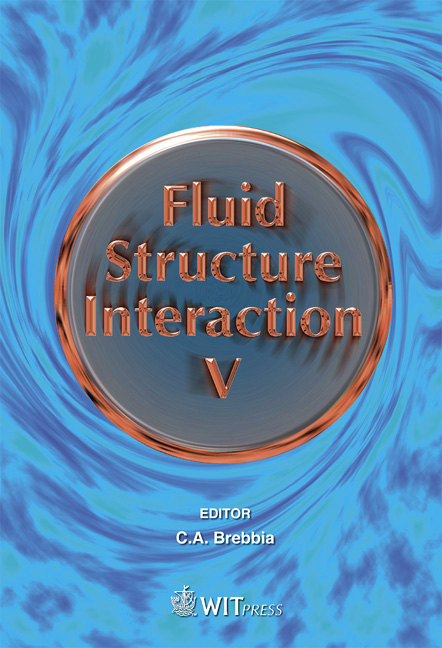An N-body Displacement Framework For Marine Hydrodynamics
Price
Free (open access)
Transaction
Volume
105
Pages
8
Page Range
207 - 214
Published
2009
Size
435 kb
Paper DOI
10.2495/FSI090191
Copyright
WIT Press
Author(s)
J. M. Niedzwecki, J. M. Roesset & C. Xie
Abstract
The wide variability of ocean platform designs, the increasingly common specification of multi-body configurations, and the random nature of the offshore environment present some interesting challenges. Experience with models of a single platform or a ship is well established and has provided an important linkage for the engineer to evaluate a design concept and provide a basis for design modifications prior to construction and installation offshore. The use of multiple models, i.e. n-bodies, in model tests is not new, but the procedures used in the analysis of the data are still evolving. This study presents a framework to study the data from n-body measurements and encompasses a wide range of offshore environments used in design. In order to illustrate the methodology experimental data for a two-body problem involving the coupled motion behaviour of a mini-TLP and tender barge subject to random waves is investigated. The selection of reference and relative scaling values are illustrated and discussed. Keywords: n-body hydrodynamics, coupled response behaviour model tests, TLP model tests, random data analysis. 1 Introduction The response behaviour of multi-body systems with varied degrees of coupling between the bodies or their closeness in proximity presents many challenges for the designers of offshore structures. Whether it is model tests, field installation or work-over operations in benign or more extreme design seas the relationships between the motions of the various bodies in the system require the development of a systematic approach to their interpretation. In order to better understand
Keywords
n-body hydrodynamics, coupled response behaviour model tests, TLP model tests, random data analysis.





